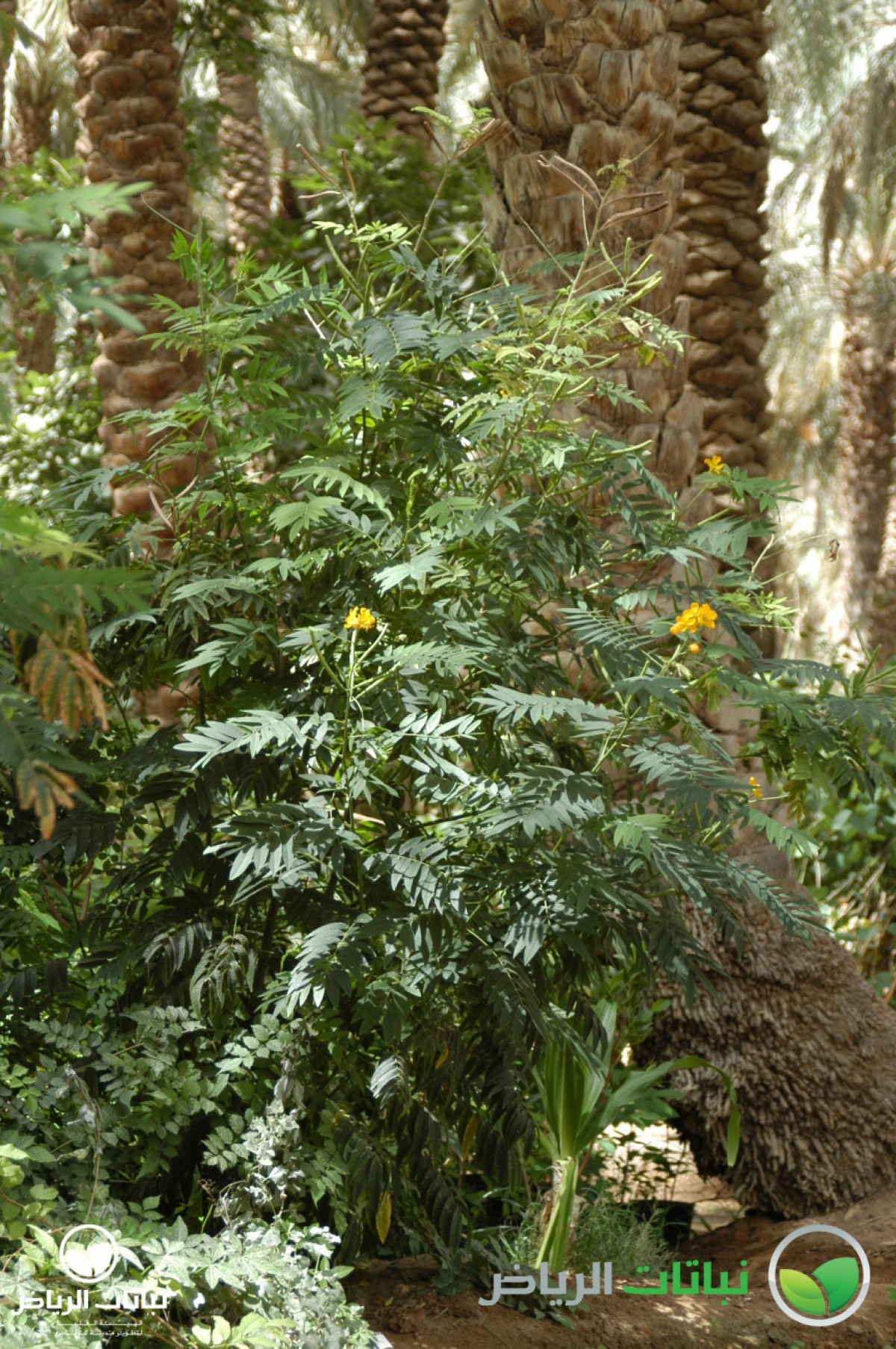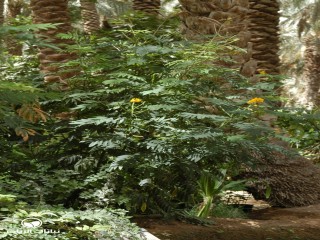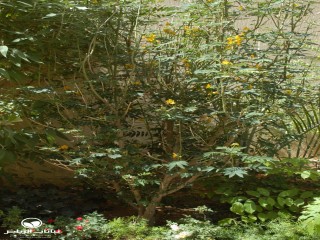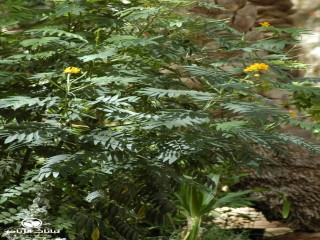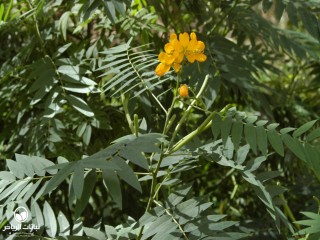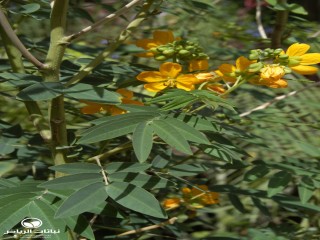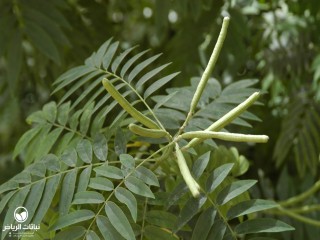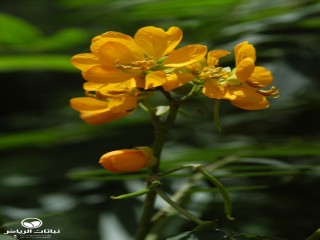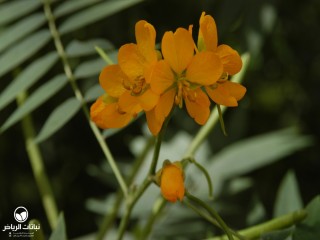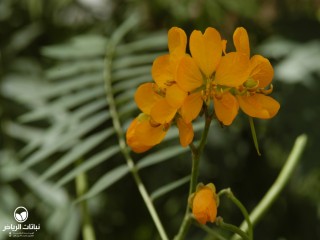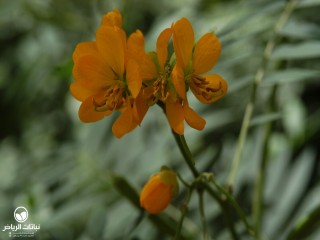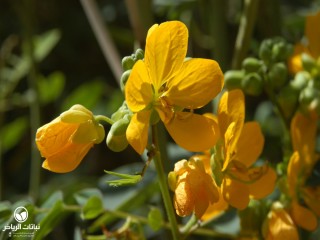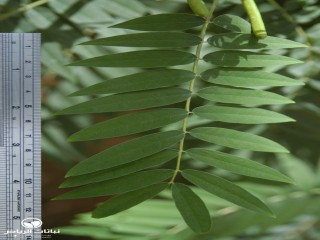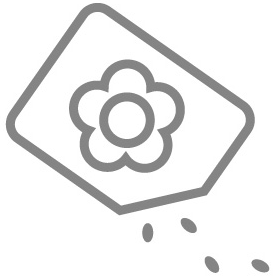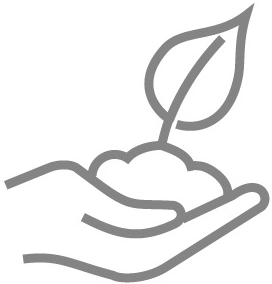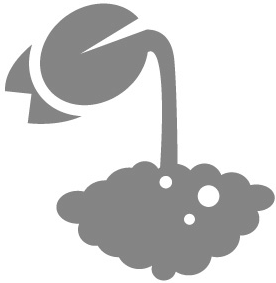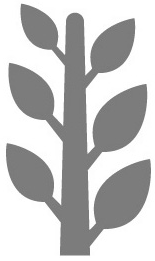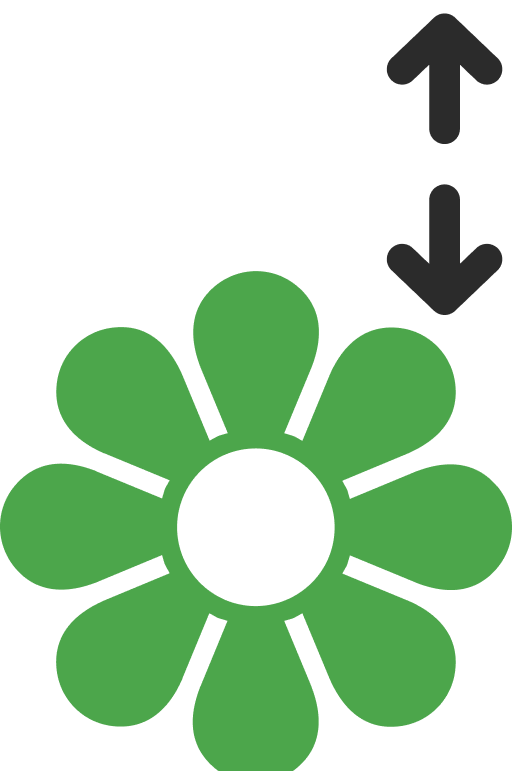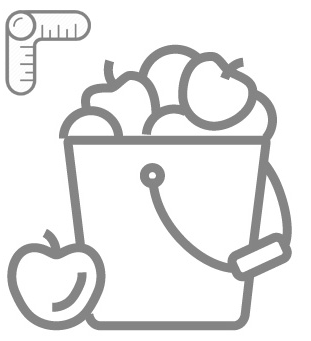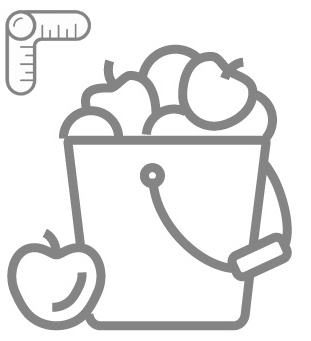Riyadh Plants
Argentine Cassia, Flowering Senna
Flowering Senna grows fairly quickly to some 3 metres in height and at least the same in width. It is native to subtropical South America and distributed in Argentina, Brazil and Uruguay. If watered, it grows well under desert conditions, taking full sun and heat. Single, golden flowers are borne at the tips of the branches most of the year, but in Arriyadh they are produced most abundantly in winter. Flowering Senna must not be exposed to cold sites, because of its tenderness to frost. After being hit by cold temperatures, plants quickly recover to start flowering in summer. Any pruning is accepted to grow this plant as a flowering hedge, as a standard tree or trained along a support such as a fence for ornamental screening. If left on its own, it makes a huge mound of slender twigs with smooth, olive-green bark. Its compound leaves are evergreen and up to 35 cm in length with elliptical, pale-green leaflets. Brown, elongated pods develop soon after flowering. The hard seeds should be soaked in water to ease germination. This shrub is vulnerable to stagnant water, especially if grown in containers. It does best in soil that is high in humus and nutrients, ranging from acidic to slightly alkaline. As a member of the pea family (Leguminosae, now called Fabaceae), the roots of this shrub grow nodules. They contain bacteria that fix atmospheric nitrogen which is essential for plants to grow. This way, the Flowering Senna effectively comes with its own source of fertiliser.
